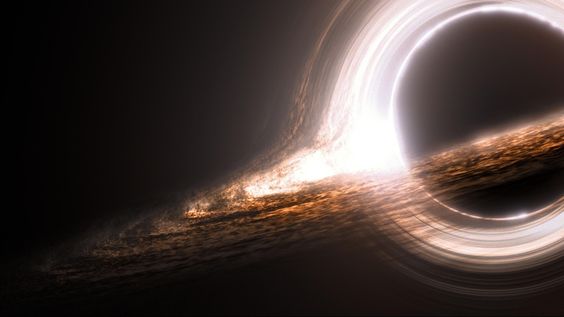Black holes, those enigmatic cosmic entities, have fascinated scientists and enthusiasts for decades. They have an immense gravitational force from which even light cannot escape. But how do black holes form? Let’s embark on a journey through the cosmos to uncover the secrets behind the birth of black holes.

Stellar Black Holes
One of the most common types of black holes is known as a stellar black hole. They are formed from the remnants of massive stars that have reached the end of their life cycles. When a massive star exhausts its nuclear fuel, it undergoes a catastrophic explosion known as a supernova. During this violent event, the star’s core collapses under its enormous gravitational force, giving rise to a stellar black hole. The core’s mass compressed by rapid collapse, turn into an infinitely small point known as a singularity. It is surrounded by an event horizon beyond which nothing can escape.
Supermassive Black Holes
On very large scales, supermassive black holes reside at the centres of galaxies, including our own Milky Way. The exact mechanism behind their formation is still being studied, but several theories have emerged. One hypothesis suggests that supermassive black holes may have arisen from the gradual accumulation of stellar black holes and the collision of galaxies, causing their central black holes to merge. Another theory proposes that they may have formed from the direct collapse of massive gas clouds in the early universe.
Primordial Black Holes
Primordial black holes are hypothetical entities that could have formed in the earliest moments of the universe, shortly after the Big Bang. These black holes would be much smaller than stellar or supermassive black holes, and their formation would depend on fluctuations in the density of matter during the infancy of the universe. If primordial black holes exist, they could help explain the elusive dark matter that makes up a significant portion of the universe’s mass.
Finally, the formation of black holes remains a captivating area of study in astrophysics. Whether it is the remnants of massive stars collapsing into stellar black holes, black holes merging to form supermassive black holes, or hypothetical primordial black holes, these cosmic mysteries push the boundaries of our understanding of the universe. As scientists delve deeper into the mysteries of black holes, we move closer to uncovering the secrets of their formation and unlocking the wonders that lie within these cosmic giants.
